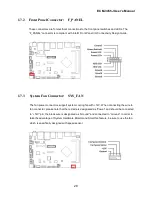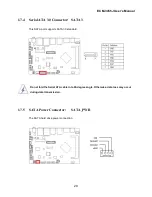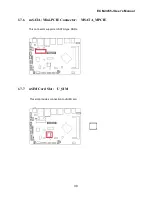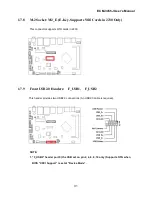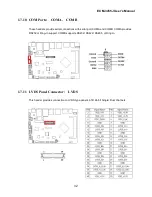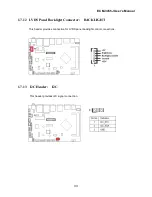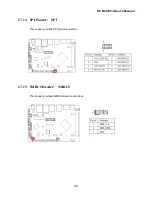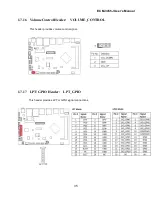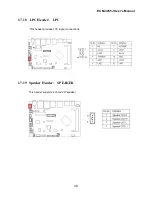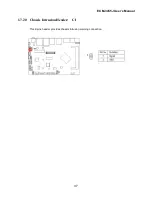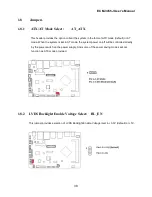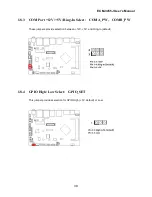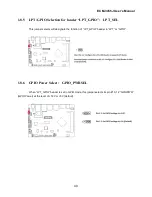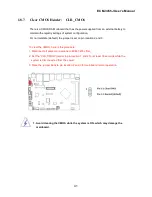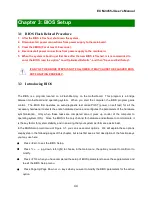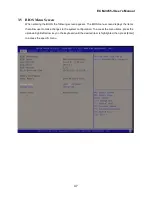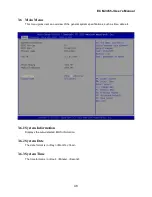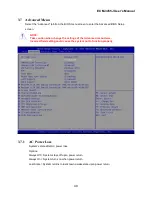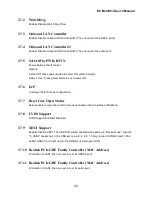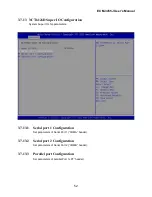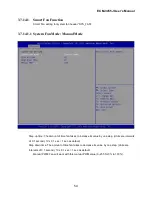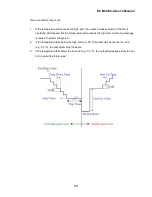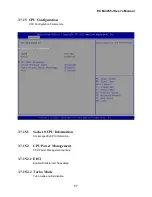
ECM-3455J User’s Manual
42
Chapter 2: Starting Up the System
2.1
Starting Up Your System
1. After all connections are made, close your computer case cover.
2. Be sure all the switches are off, and check that the power supply input voltage is set to the
local voltage, usually in-put voltage is 220V
240V or 110V
120V depending on your country’s
voltage used.
3. Connect the power supply cord into the power supply located on the back of your system case
according to your system user’s manual.
4. Turn on your peripheral in following order:
a. Your monitor.
b. The other external peripheral (Printer, Scanner, External Modem etc…)
c. Your system power. For ATX power supplies, you need to turn on the power supply
and press the ATX power switch on the front side of the case.
5. The power LED on the front panel of the system case will light on. The system will then run
power-on test. While the test is running, the BIOS will alarm beeps or additional message will
appear on the screen.
If you do not observe any activity on the screen within 30 seconds from the time you turn on
the power, the system may have failed on power-on test. Recheck your jumper settings and
connections or contact with your retailer for assistance.
Beep
Meaning
One short beep when displaying logo
No error during POST
Long beeps in an endless loop
No DRAM installed or detected
One long beep followed by three short
beeps
Video card not found or video card memory bad
High frequency beeps when system is
working
CPU overheated
System running at a lower frequency

